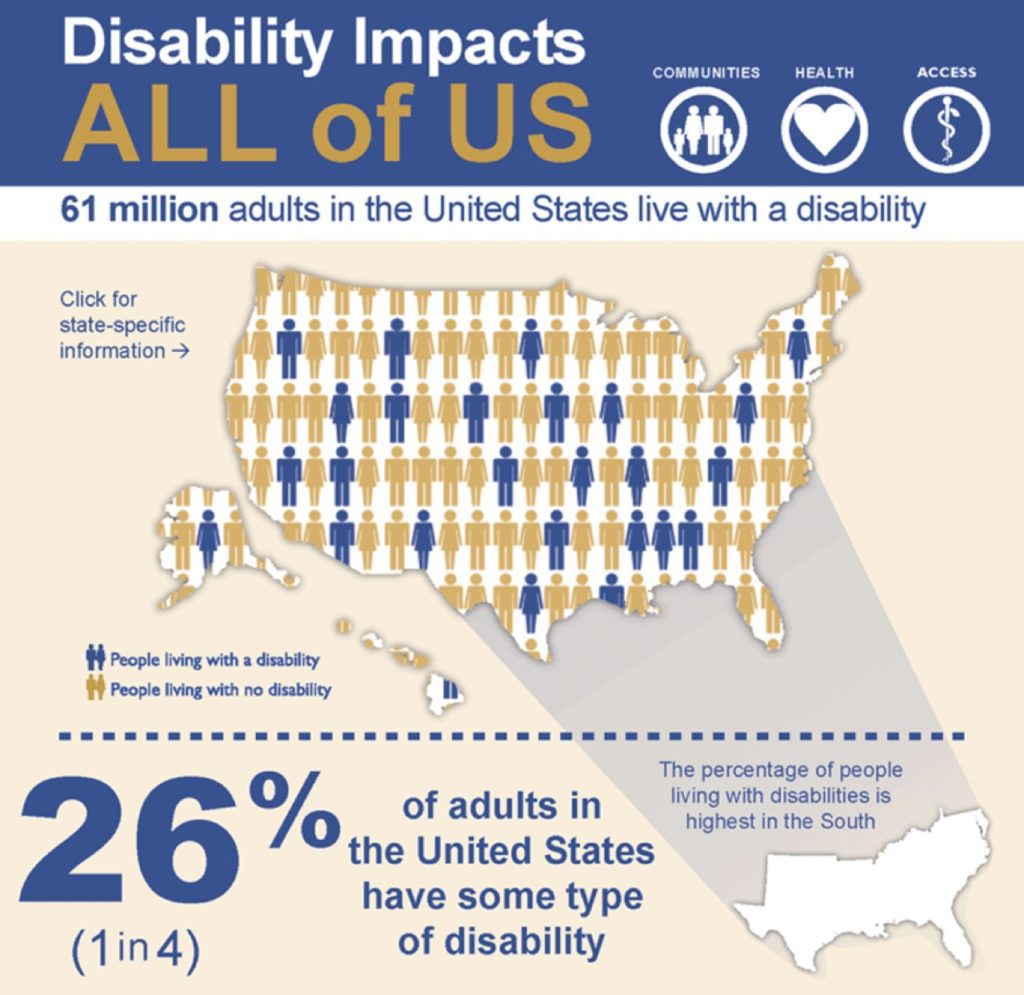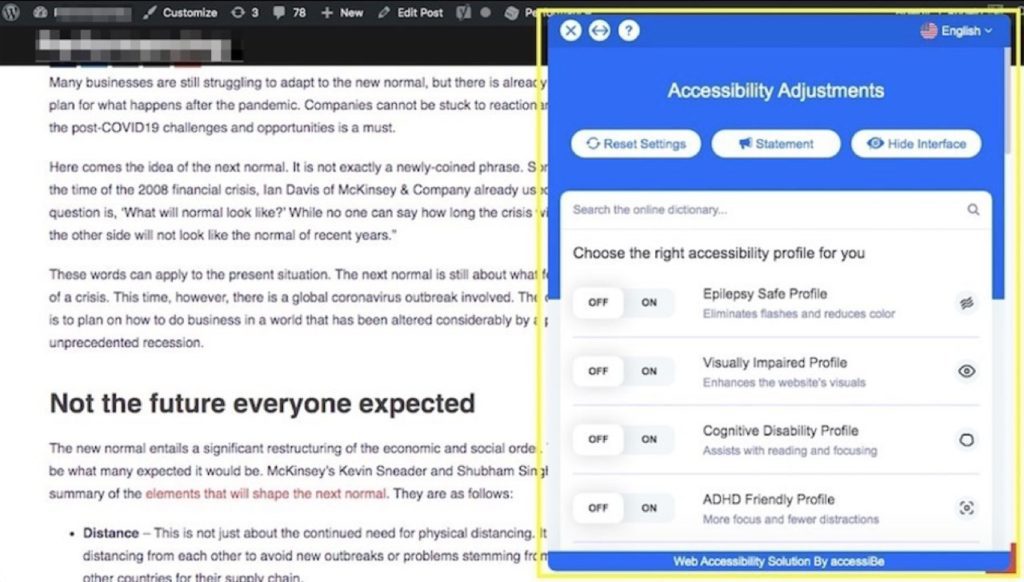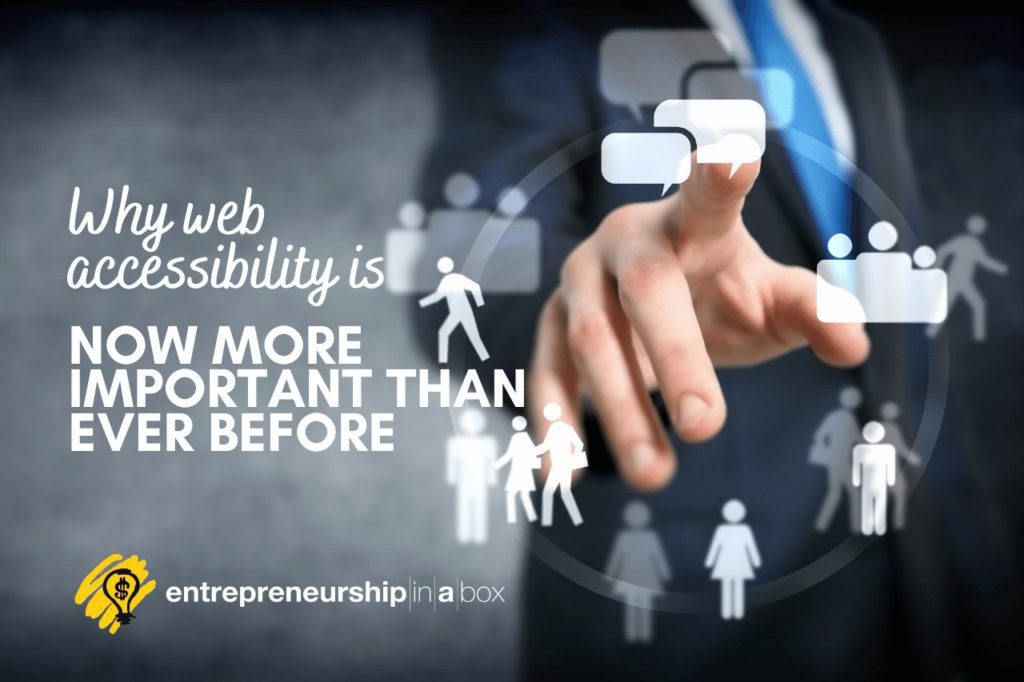Have you ever taken a moment to think about the visitors coming to your site on a daily basis? For most businesses and brands, web it comes to site traffic and earnings, it’s really just a matter of opening the latest stats reports from Google Analytics and making sure your numbers are continually rising month after month.
However, is that really telling you enough about your audience? Most likely not.
In the world of offline and retail business, it’s much more of a person-to-person experience, and as you see new people coming in through your doors daily, you get to know who your exact customer base is. With online marketing and business, it’s a bit different.
The point we are making here is that not all site traffic is the same, and just like how real people walking into different stores and locations have their own needs and requirements, the same can be said about your website engagement and usage as well.
This can all be referred to as “website accessibility”, and there is now more attention on the importance of catering to the needs of your audience.
Today we are going to highlight the many different aspects of website accessibility, who it applies to, and why it’s now more important than ever before.
What is Web Accessibility?
When the average person visits a website, their user experience is often quite similar. Each visit includes engaging with content, video, and different forms and applications. However, if a visitor has vision or hearing issues, that experience might not be the same.
This is where web accessibility comes into play.
The best way to make all of this understandable for anyone not already familiar with the process, is to say that web accessibility makes the internet accessible by anyone–no matter what limitations or preferences they might have.
Accordingly to the CDC, “more than 61 million adults in the United States live with a disability. 26 percent (one in 4) of adults in the United States have some type of disability”… and many of them could be visiting your websites more often than you might think.

With permanent, temporary, and conditional or situational disabilities affecting a lot more site users than you think, this isn’t just a matter of catering to the needs of others, but it’s also a good business practice.
Outside of catering to the needs of your audience and providing an additional service that your competitors might not be, it’s also now law and requirement to be WCAG compliant. And while we aren’t seeing as much talk about regulation and fines in this space right now, you can bet they will be sweeping across the industry soon enough.
How to Make Your Website WCAG Complaint?
When looking at your website and considering your options for making it a more pleasurable experience for all site visitors, you might not know where to start. Should you increase your font size, change your brand colors, and make your forms bigger?
According to research from accessiBe, the majority of sites on the internet are doing web accessibility wrong and most of them aren’t even trying to accommodate the needs of site visitors with special needs.
Based on a survey of 10 million pages, 98 out of 100 internal pages do not comply with WCAG standards. It’s clear that an overwhelming majority of sites don’t take accessibility into account even with laws requiring them to follow specific standards.
Reflecting back on the questions we first asked in this section on what you can do to make your site more accessible and WCAG compliance, there is a better solution than trying to accomplish this manually.
Solutions like accessiBe have created a custom application that is loaded onto websites and allows for the end-user to change font settings, colors, offer an audio reading of the text, and much more– all while following the WCAG guidelines and instantly making sites compliant.
For the site owner or business looking to make their site compliant, it’s a simple and effective process. The same is true for the end-user and visitors to your site once the solution is in place.
As seen through the screenshot below, a visitor would view a site as they normally would, but the option is there for the user to click on a little wheelchair icon on the bottom right corner. By clicking on this icon, it would then open a new accessibility tool that allows the user to customize their on-site experience.

Such customization features include:
- Changing the font size and styles on a website
- Enhancing the visuals and images within site content
- ADHD friendly experiences with free distractions
- Epilepsy safety customizations to remove flashing images
- And more…
As you continue to learn more about how important web accessibility is and the role that it plays in the daily lives for hundreds of millions of people in the world today, you will start to appreciate how much of a difference these advancements can make for your site visitors and customers.
A great way to put all of this in perspective is to think about if you were having to deal with any of these limitations and then trying to access an online property without any of these customizations and help features in place.
Web Accessibility and Where We Are Headed
If you were to browse around the internet today, you would likely find that the number of sites in full compliance with WCAG and having such features and customized browsing habits in place would be quite minimal.
However, as we continue to see more discussion and regulation around the topic, we will likely see more big-name businesses and brands adopt such methods over time.
The most important thing to remember here is that you aren’t putting these best practices in place to simply abide by the coming rules and regulations but to instead provide a better user experience for your site visitors and customers.



